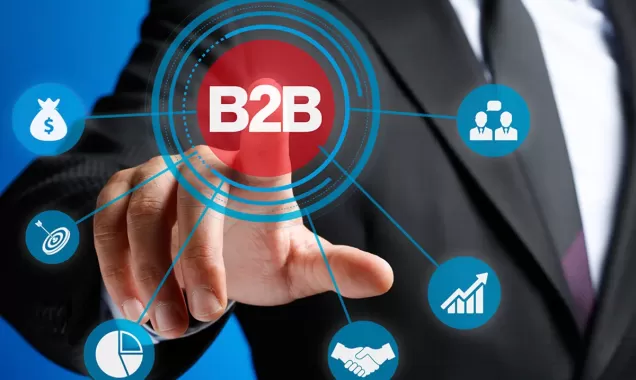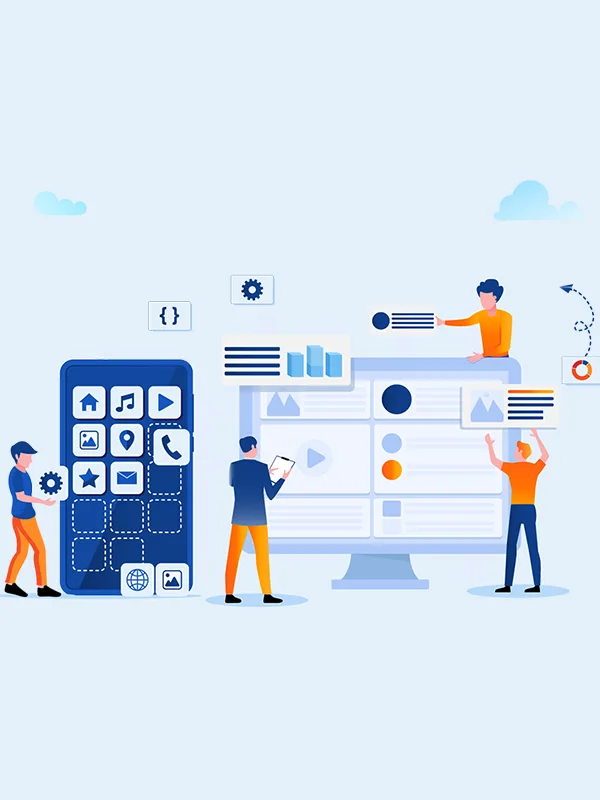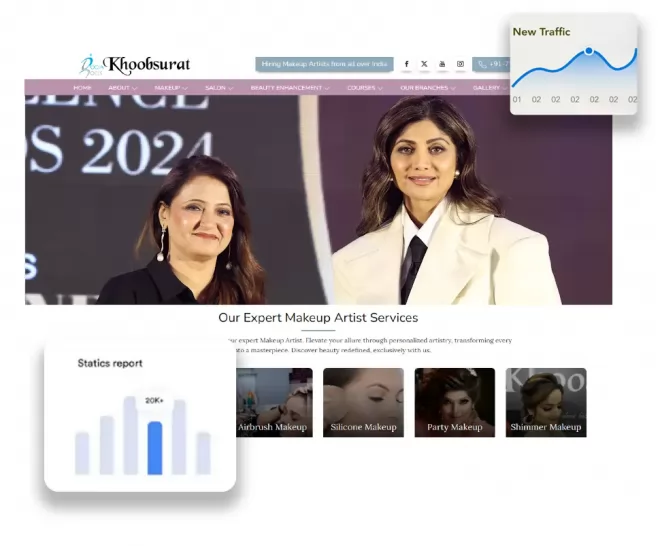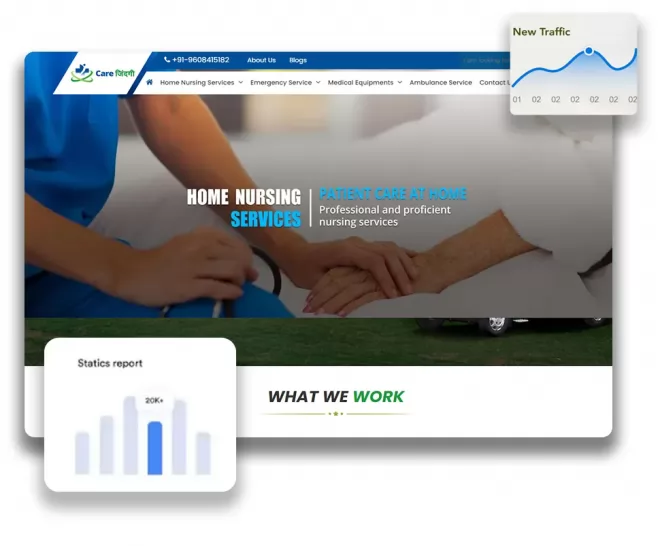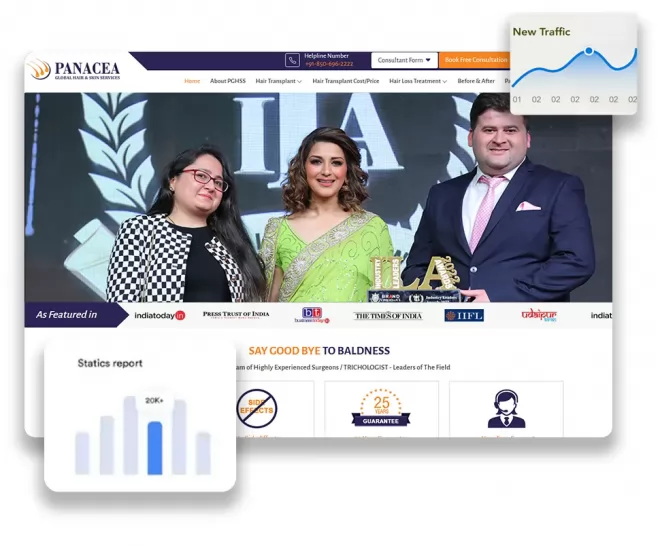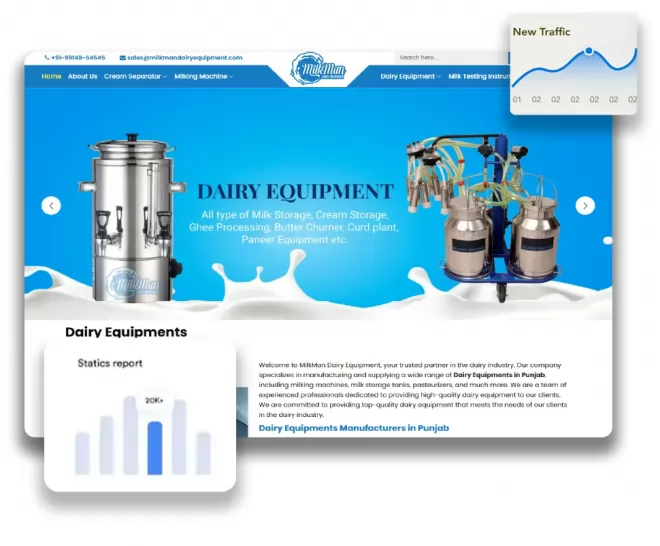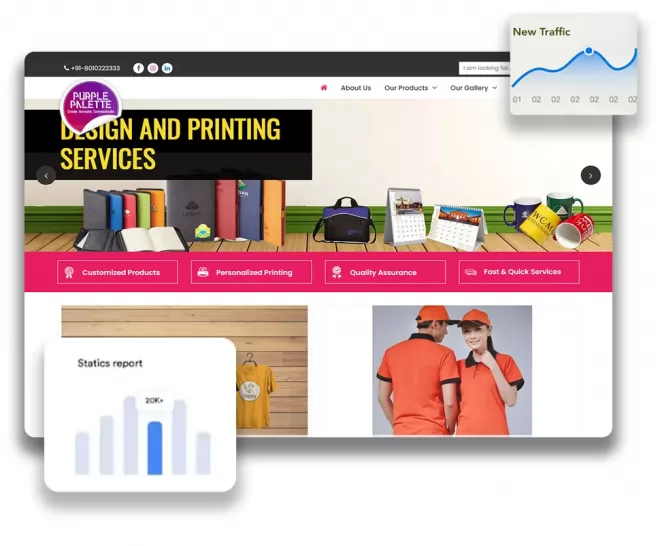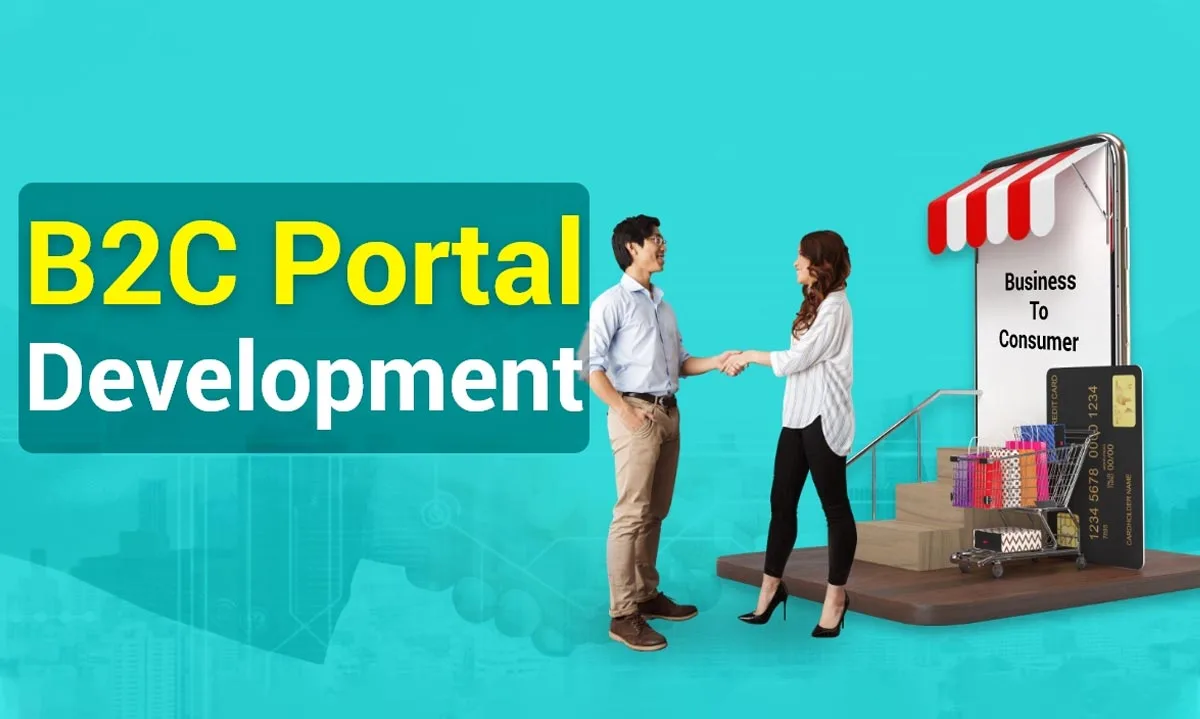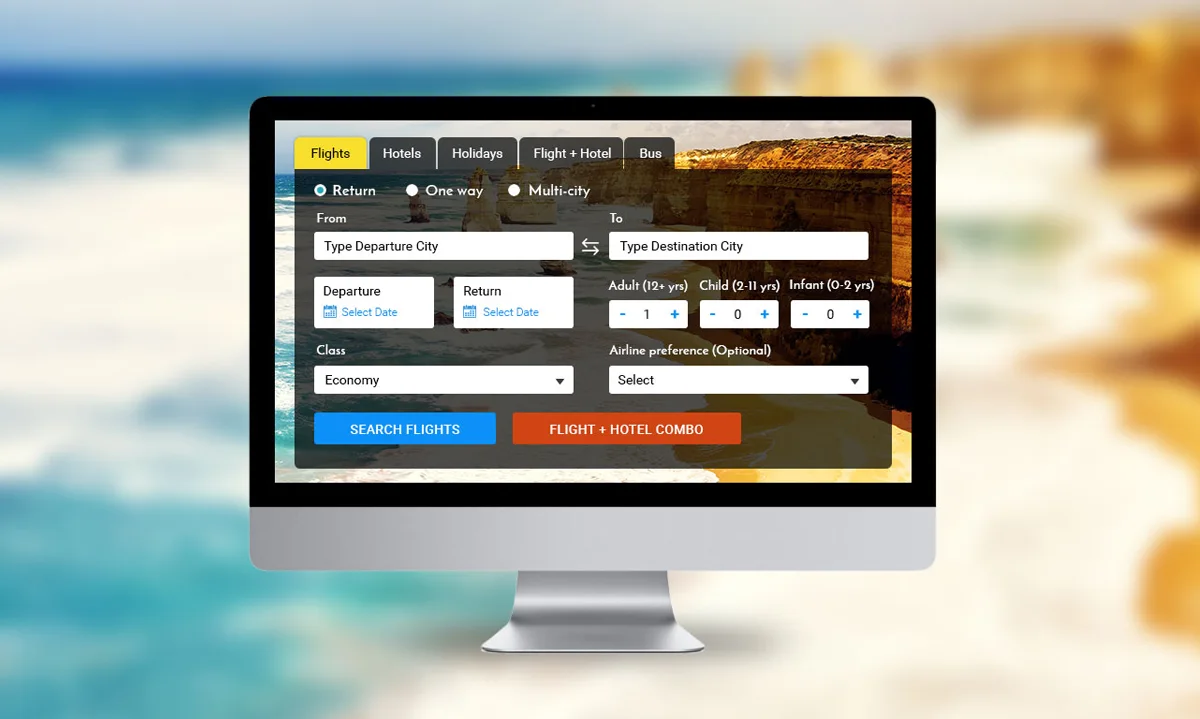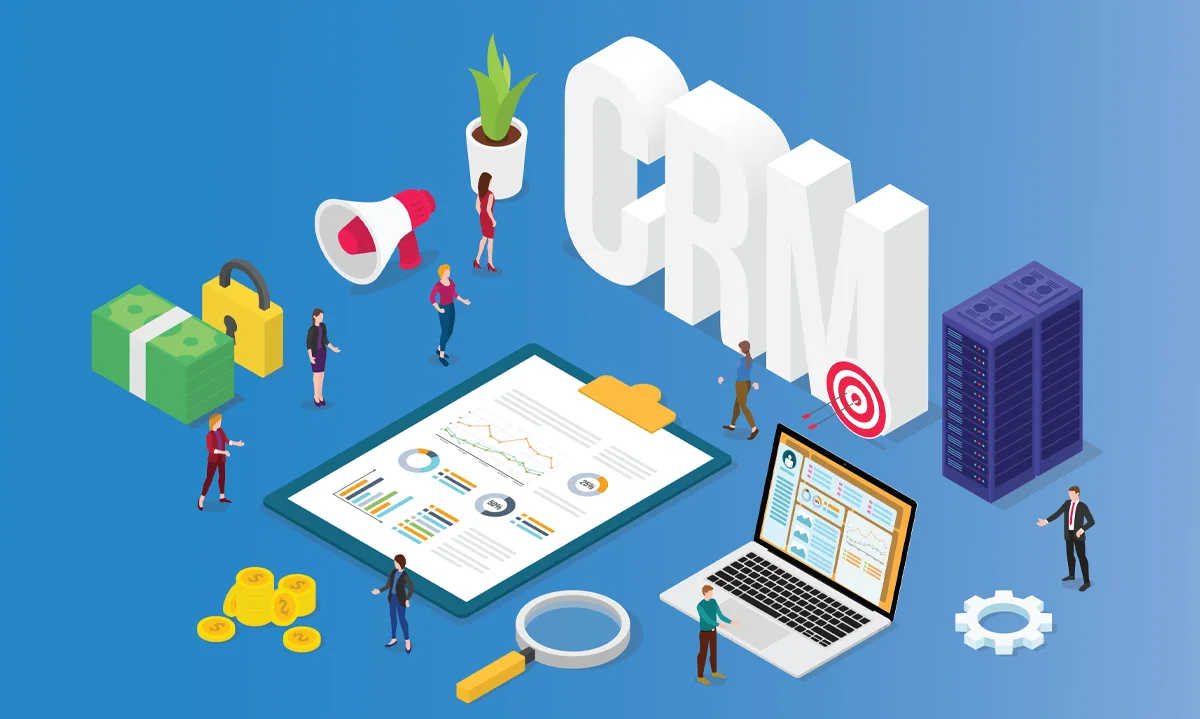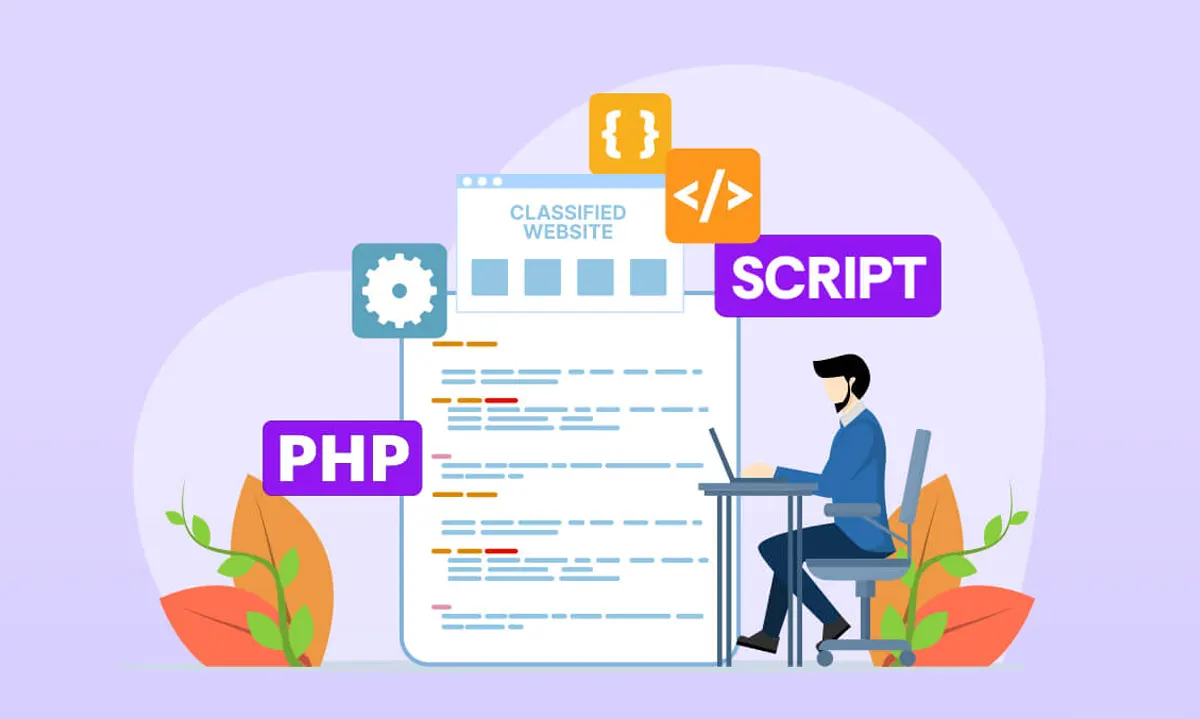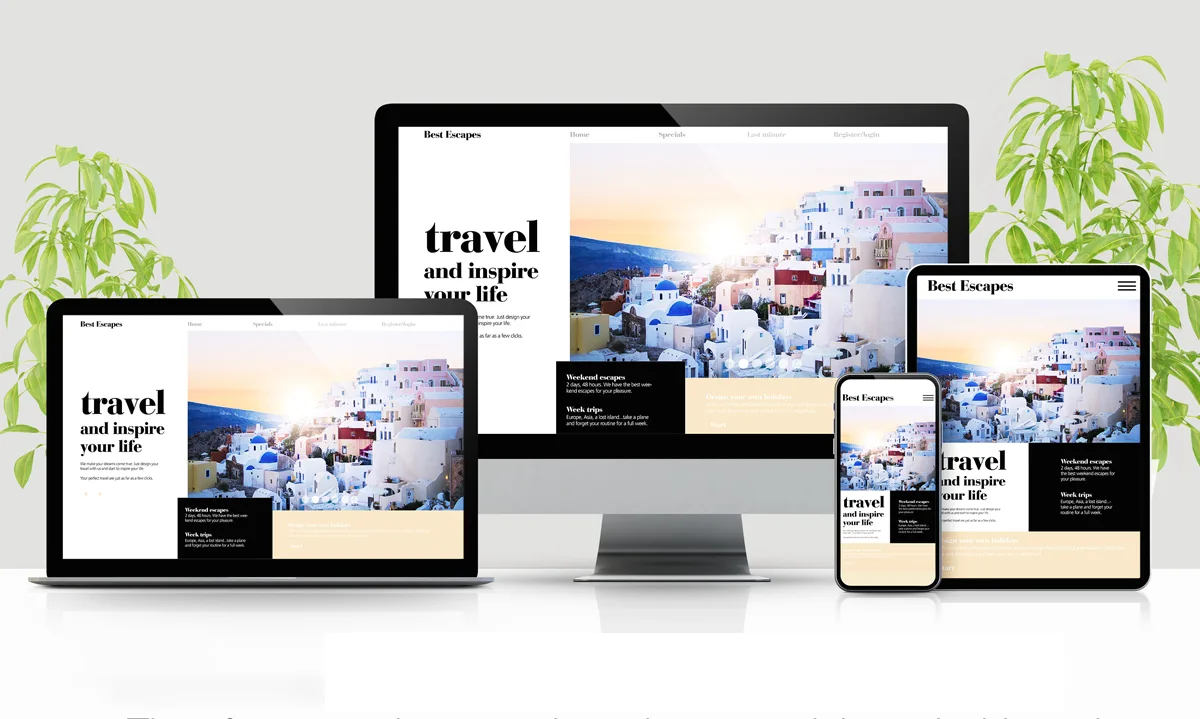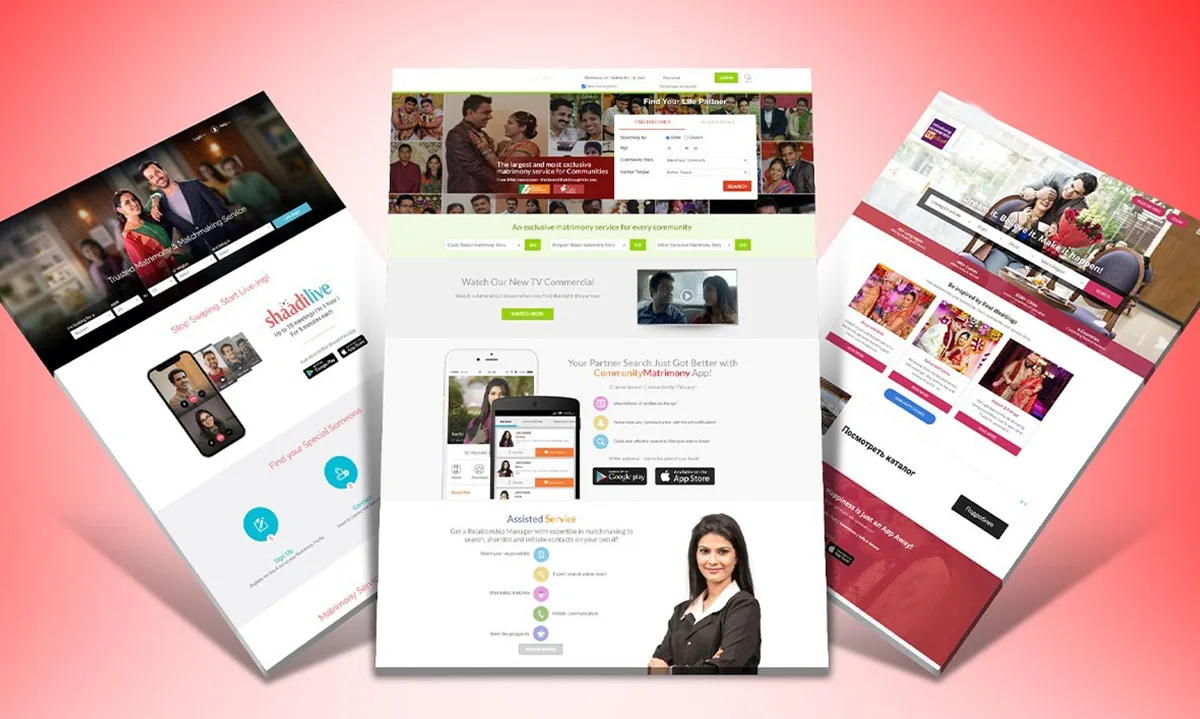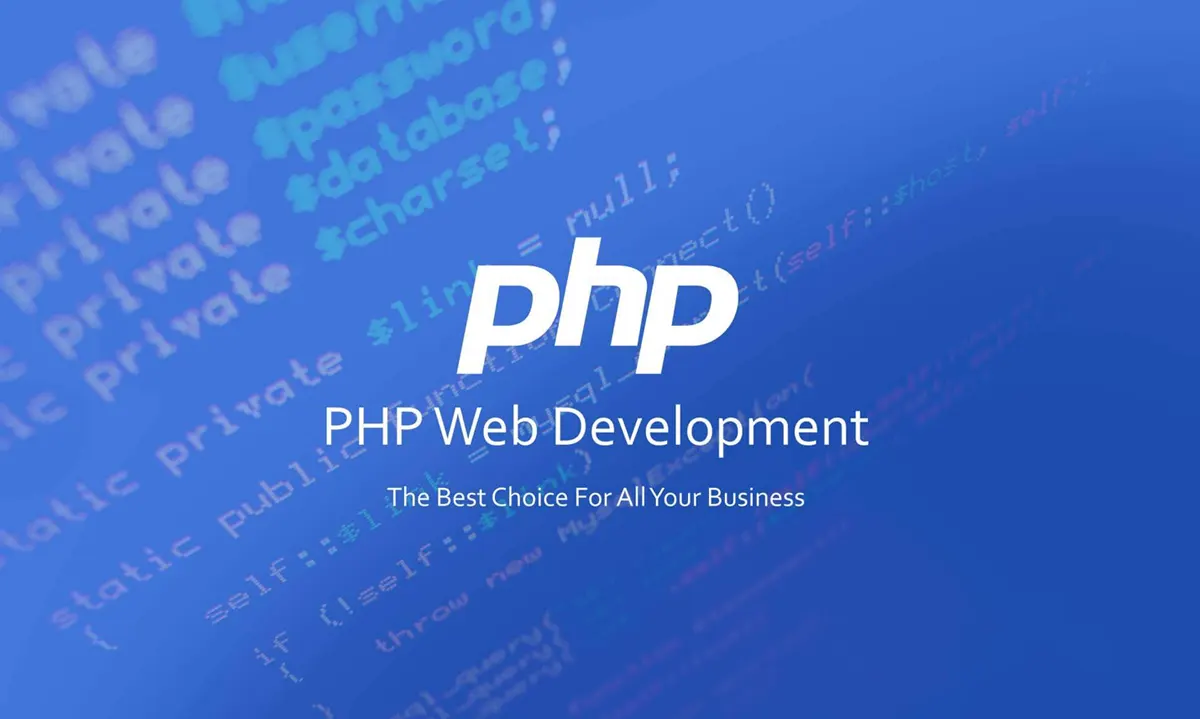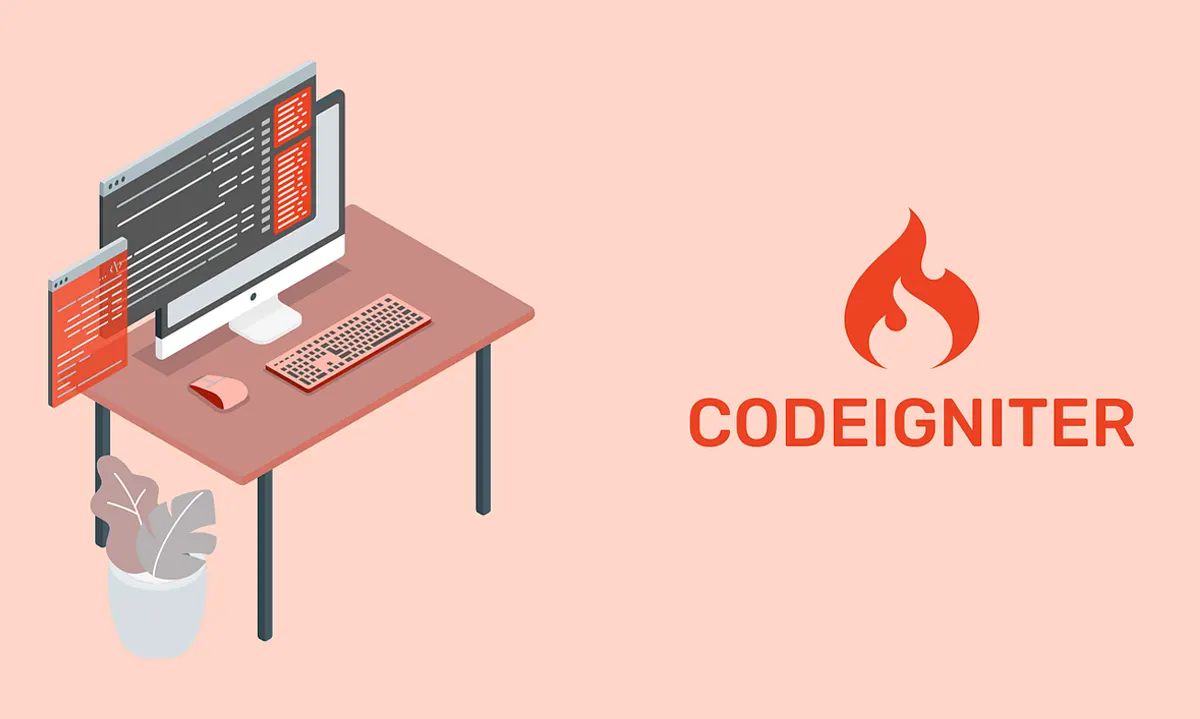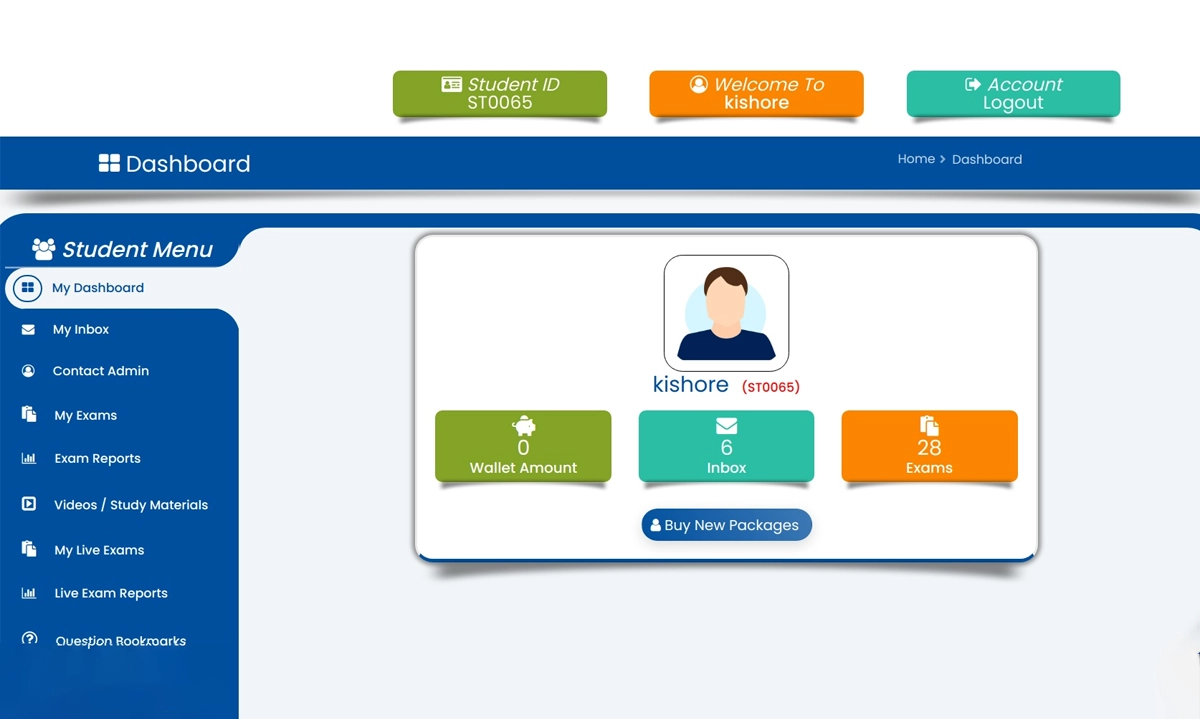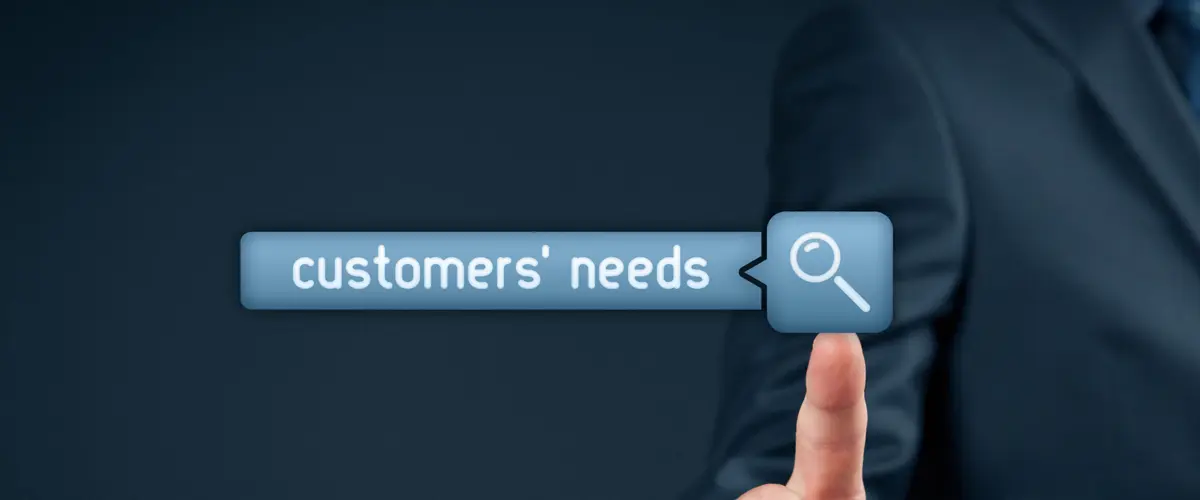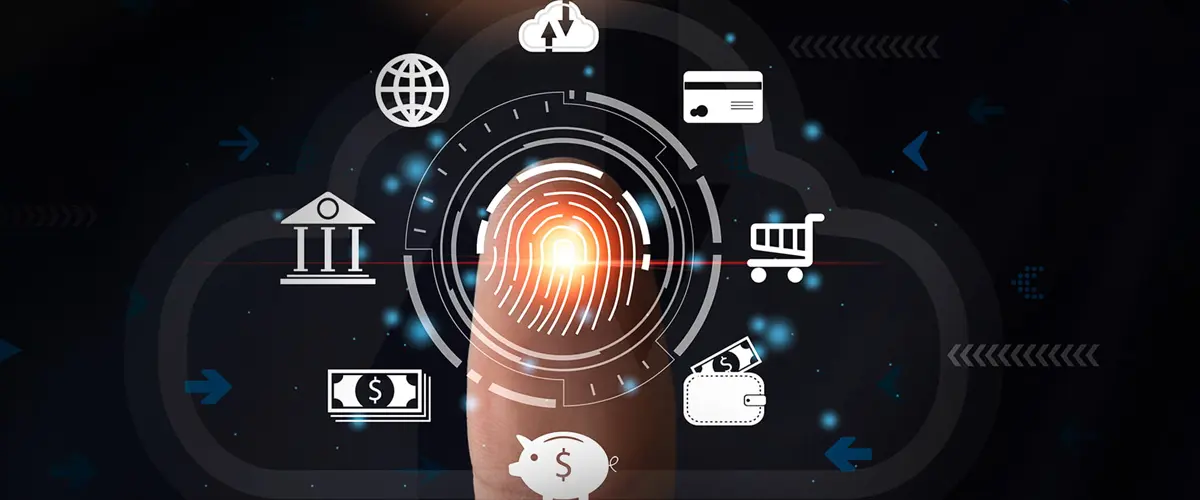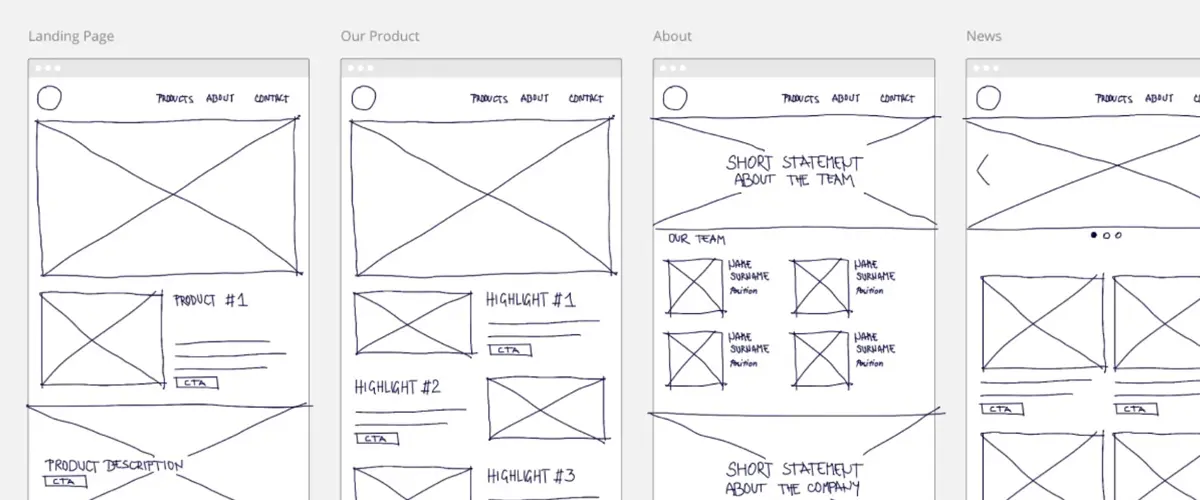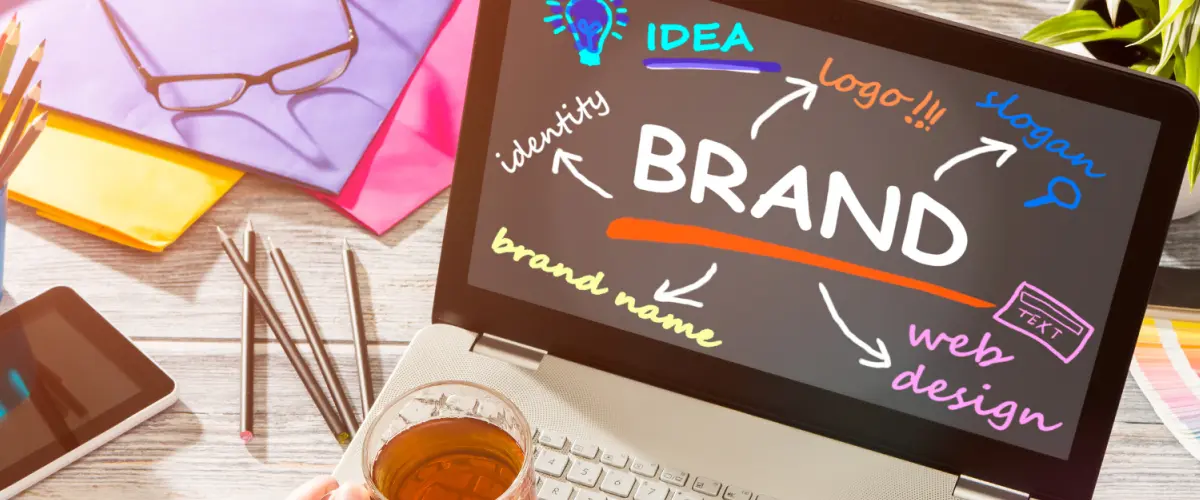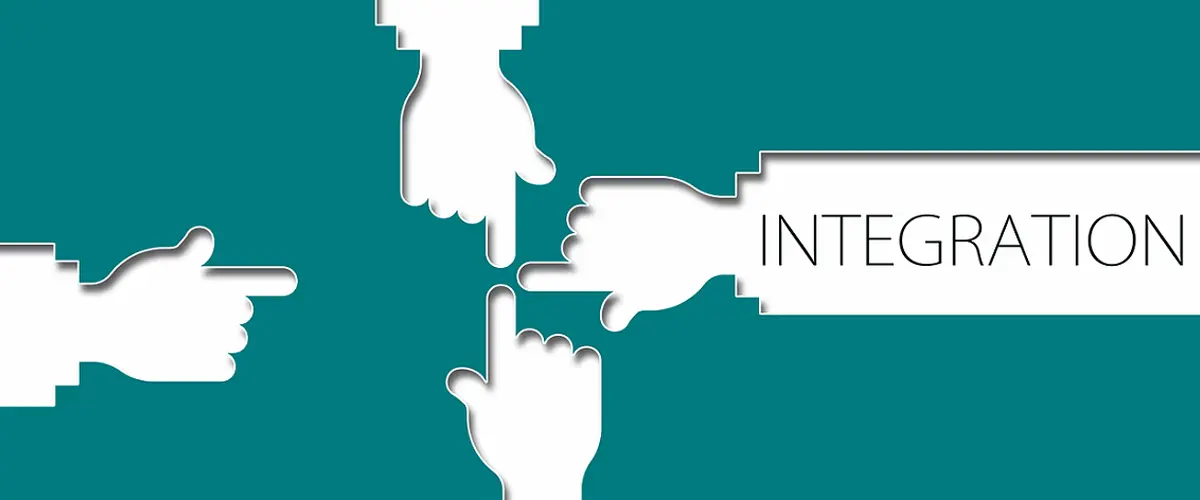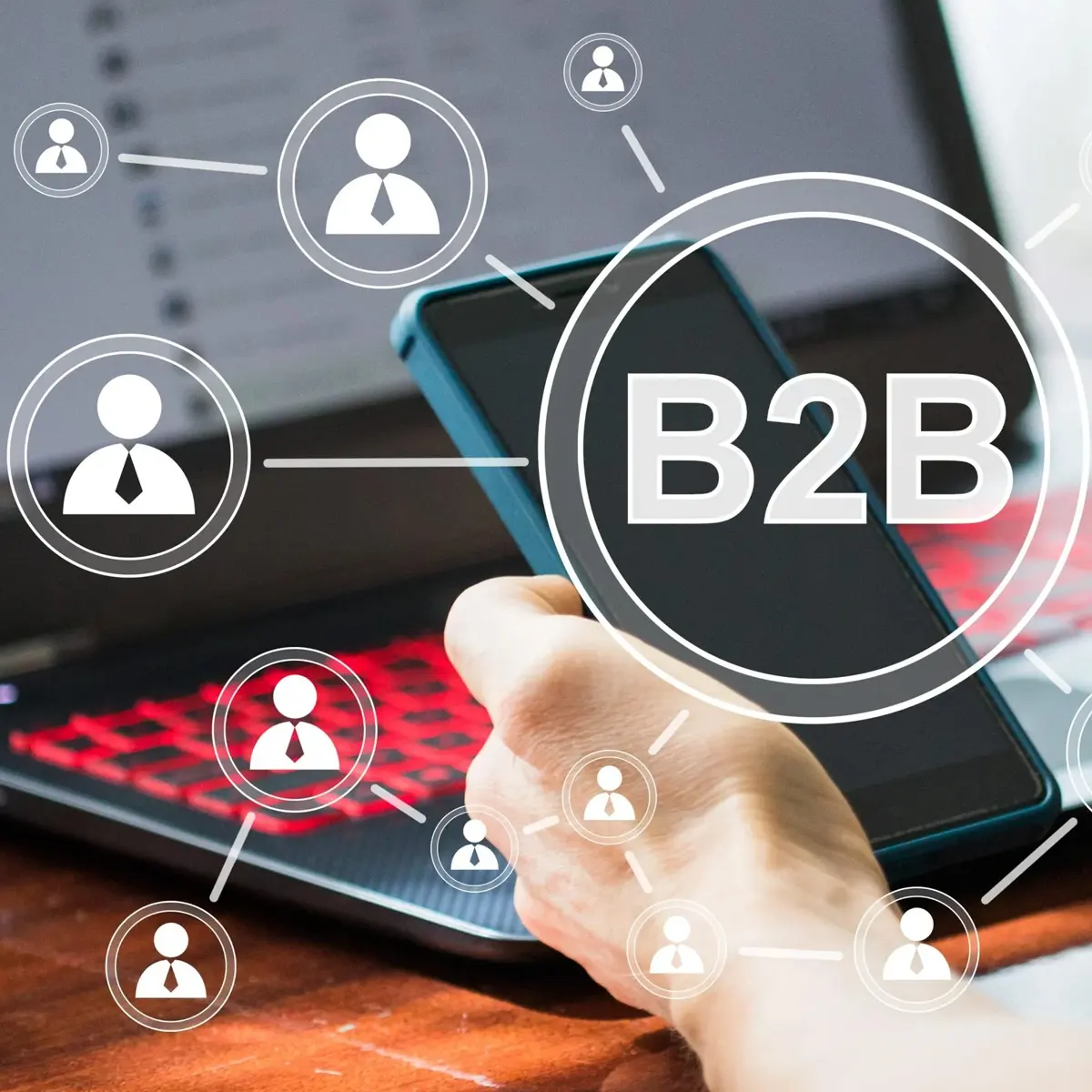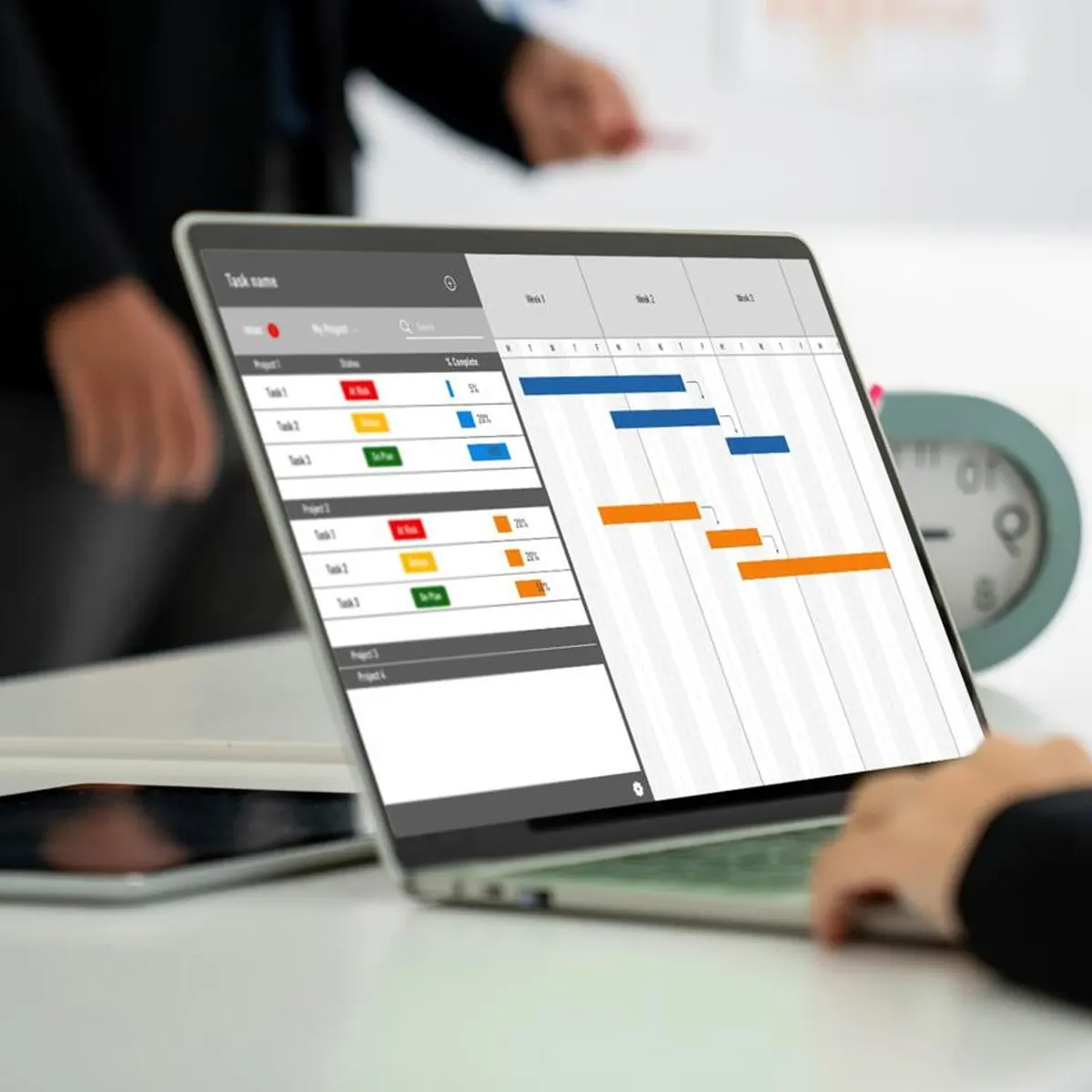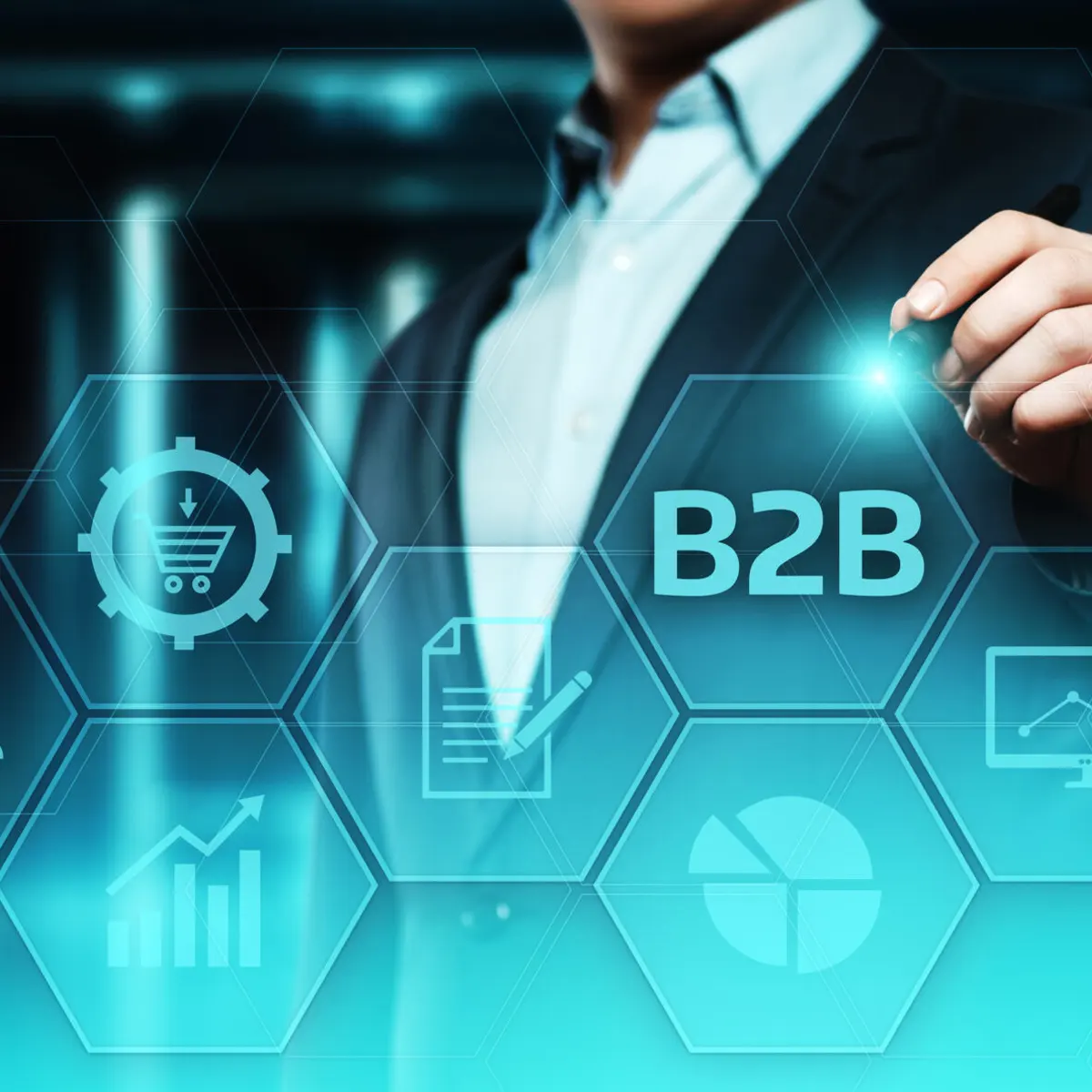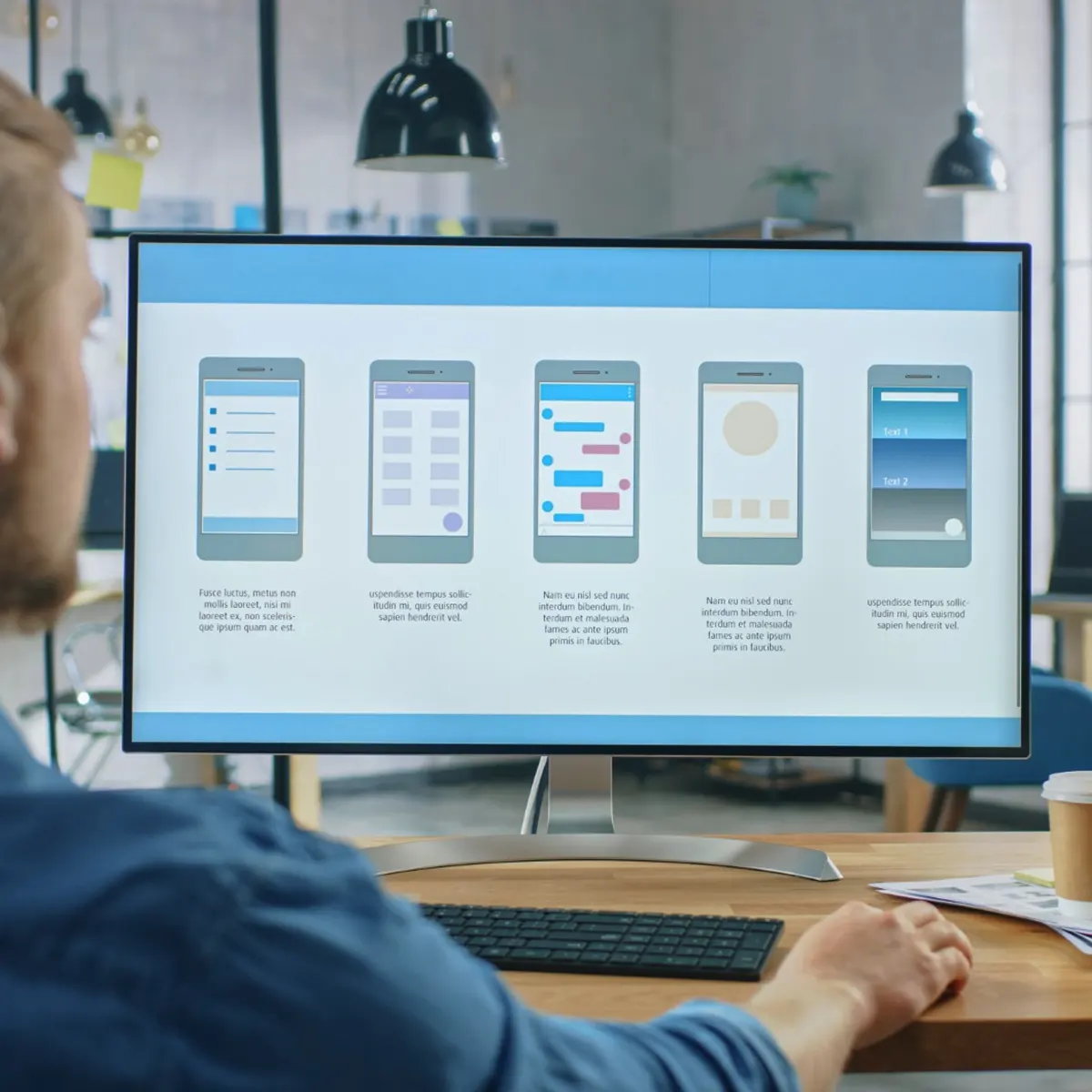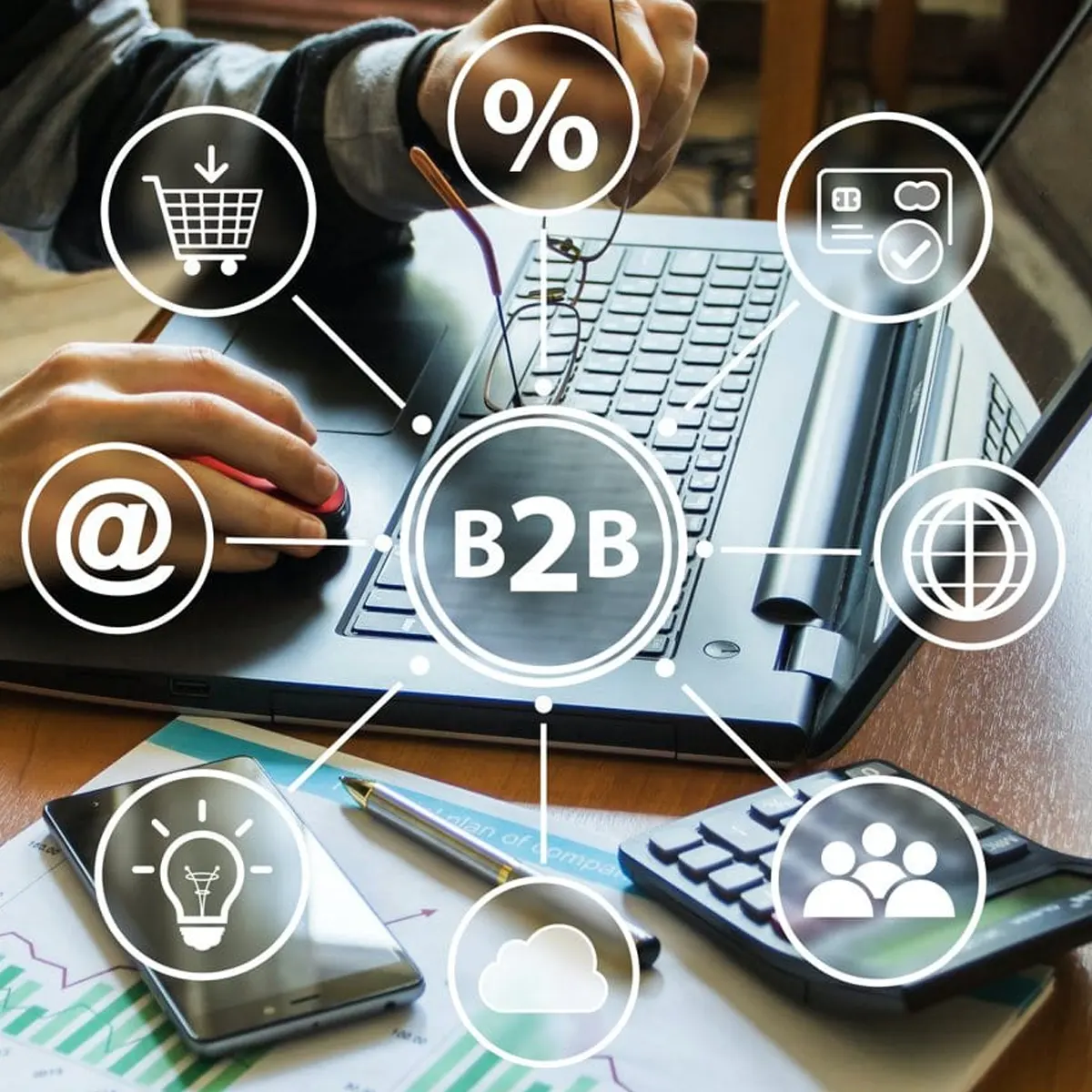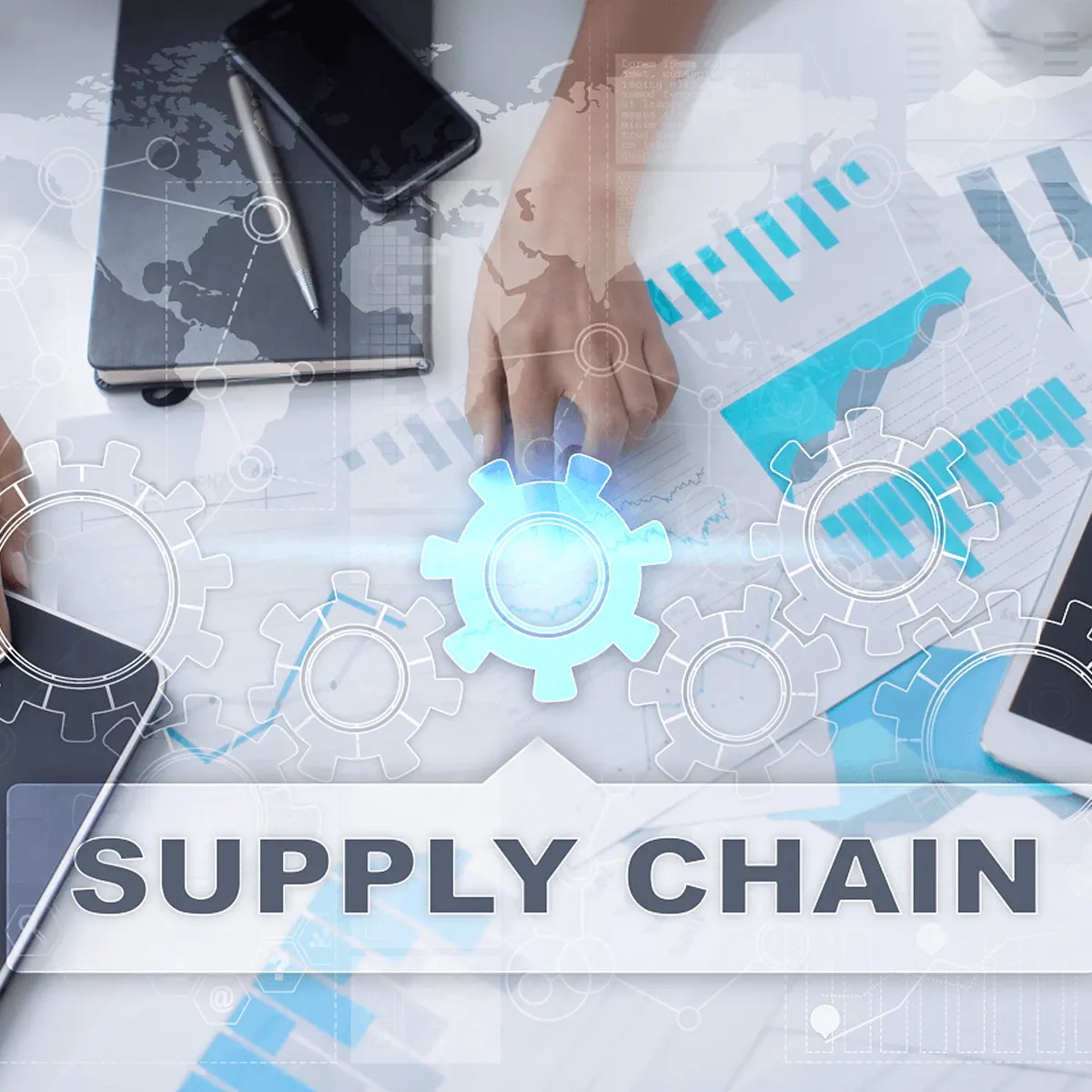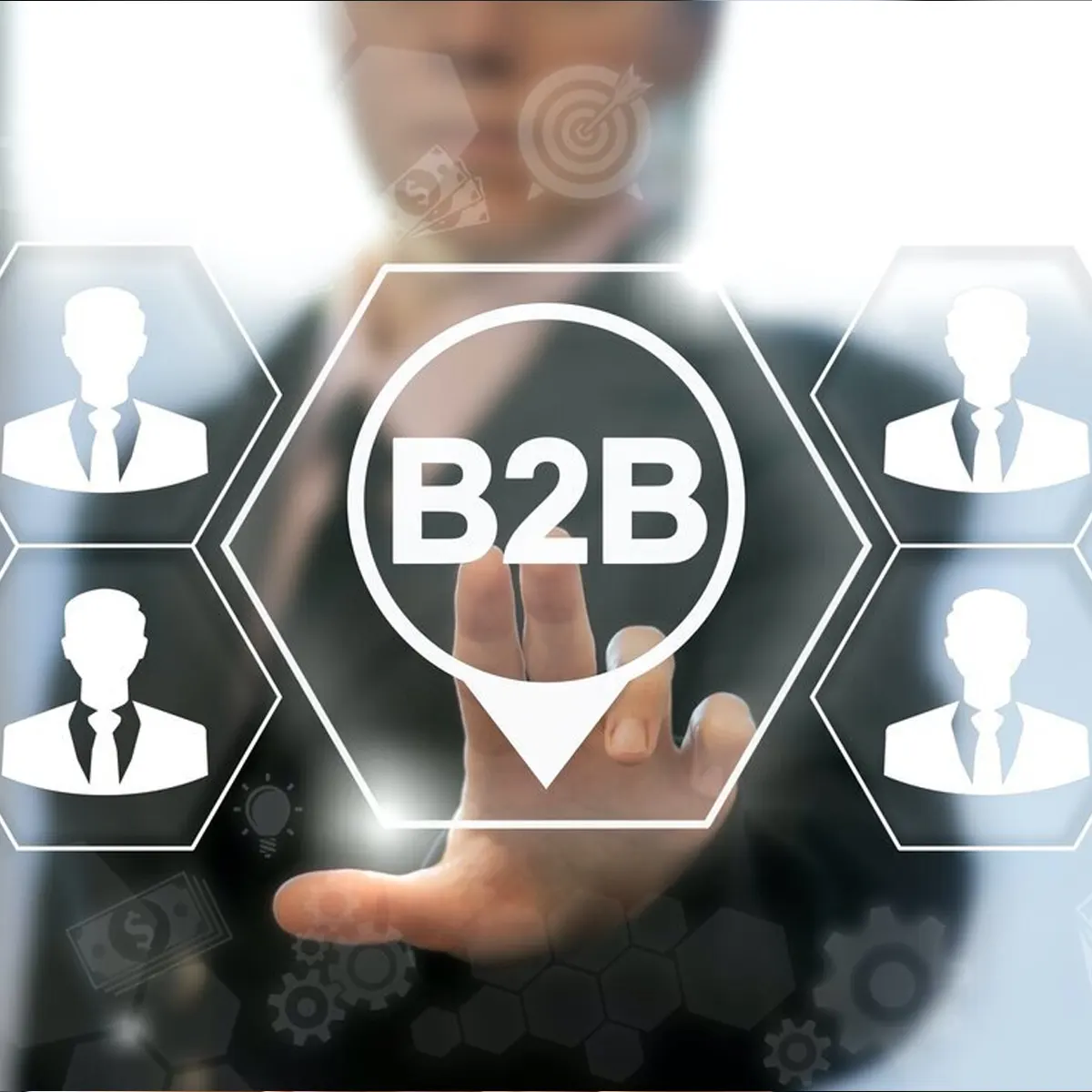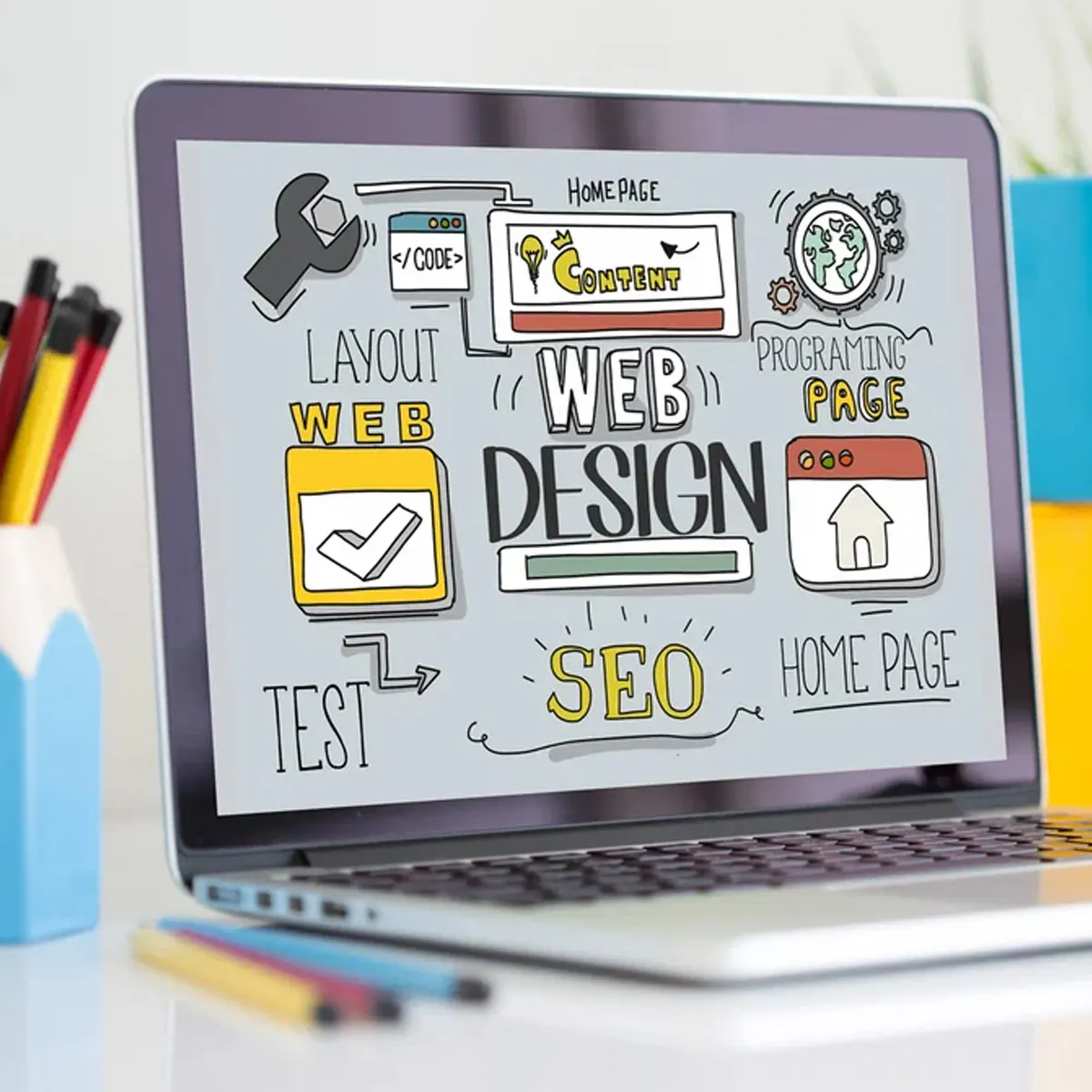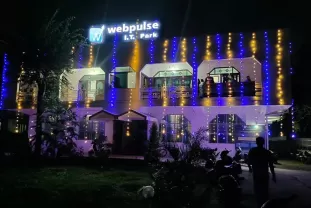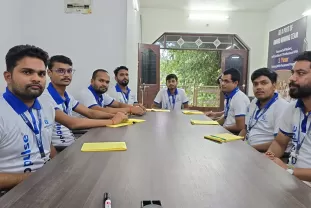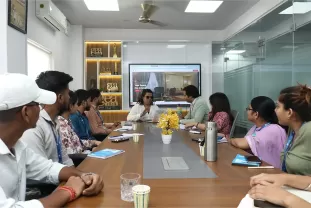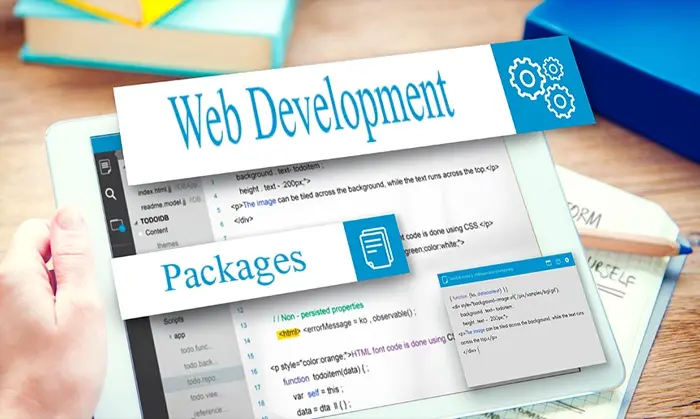Understanding Client Needs
The first step in our B2B portal development process is understanding the client’s business objectives, target audience, and specific requirements. We conduct in-depth discussions to gain a clear picture of the client’s operations, challenges, and goals. This allows us to tailor the portal to fit the unique needs of the client. From understanding the business model to identifying essential features such as product catalogs, order management, and supplier communication, we ensure that the portal is designed to optimize efficiency and facilitate seamless transactions. We also assess competitor portals to identify opportunities for differentiation and innovation, ensuring that the final product helps the client stand out in the market.
Platform Selection
Choosing the right technology stack is critical to the success of a B2B portal. We carefully evaluate different platforms, considering factors such as scalability, security, customization options, and integration capabilities. Whether opting for an open-source solution or a custom-built platform, we ensure that the technology is capable of supporting the specific requirements of a B2B marketplace. Popular choices include Magento, WooCommerce, and custom CMS, each offering unique advantages depending on the complexity and scale of the project. Our team focuses on selecting a platform that offers flexibility, reliability, and ease of integration with other business systems such as ERP, CRM, and payment gateways, ensuring a seamless operation.
Wireframing & Prototyping
Once the platform is selected, we move to wireframing and prototyping the portal’s user interface (UI) and user experience (UX). This stage is crucial for laying out the website’s structure and visual flow without the distractions of design elements. Wireframes help map out the placement of core features, such as product search, vendor profiles, quotation requests, and payment gateways. Prototypes, on the other hand, allow the client to interact with a mock version of the portal, providing a tangible sense of the user experience. Feedback gathered at this stage ensures alignment between client expectations and the final product, helping to identify potential design or functionality improvements early in the process.
Customizing Design & Branding
After approval of wireframes and prototypes, we proceed with customizing the design and branding elements of the portal. This includes selecting colors, fonts, and imagery that align with the client’s brand identity. A clean, intuitive design enhances the user experience, making it easy for businesses to navigate, search for products, and place orders. Responsive design ensures that the portal is fully functional across desktops, tablets, and mobile devices. Custom branding also includes personalized dashboards for vendors and buyers, ensuring that the portal provides a consistent, branded experience for all users. The goal is to create a visually appealing platform that encourages engagement and fosters trust among users.
Feature Integration
Integrating essential features is the next key step in our B2B portal development process. We prioritize functionalities such as advanced product catalogs, secure user authentication, dynamic search filters, vendor and customer communication tools, and order management systems. Additionally, we focus on integrating payment gateways, shipping solutions, and customer support tools to streamline the business process. Automation features, such as order processing, stock updates, and invoicing, are also included to reduce manual tasks. By incorporating these features, the B2B portal is transformed into a comprehensive platform that supports both buyers and sellers, offering an efficient, user-friendly solution that drives business growth and ensures seamless interactions.
Security Implementation
Security is a top priority when developing a B2B portal, as sensitive business data and transactions must be protected at all times. We implement robust security measures, including SSL certificates, data encryption, two-factor authentication (2FA), and firewall protection to safeguard user information. Role-based access controls ensure that only authorized individuals can access critical data or perform certain actions on the platform. We also conduct regular security audits to identify and fix vulnerabilities, ensuring that the portal remains secure against potential threats. With secure payment gateways and protection against fraud, our B2B portals provide a safe and trustworthy environment for both buyers and sellers to conduct transactions.
Third-Party Integration
To maximize the functionality of the B2B portal, we integrate it with third-party systems that businesses use daily. Whether it’s CRM, ERP, inventory management, or accounting software, integrating these tools with the portal enhances operational efficiency. We ensure smooth data flow between systems, allowing for real-time inventory updates, order processing, and customer relationship management. Payment gateways like PayPal, Stripe, or bank transfer integrations are also seamlessly added to facilitate secure transactions. Integration with shipping services ensures accurate shipping rates, real-time tracking, and automated shipping labels. These integrations create a unified ecosystem, streamlining the workflow and minimizing manual intervention, ultimately saving time and resources.
Testing & Quality Assurance
Before launching the B2B portal, we rigorously test all aspects of the platform to ensure it functions smoothly. Our testing process includes functional testing, performance testing, security testing, and user acceptance testing (UAT). Functional testing checks that all features, such as product searches, order management, and payment gateways, work correctly. Performance testing ensures that the portal can handle high traffic and data volume without compromising speed. Security testing verifies that the portal is protected against potential breaches. Finally, UAT involves testing the platform from an end-user perspective to confirm that it meets the client’s needs and expectations. Quality assurance is vital for ensuring a seamless user experience post-launch.
Launch & Deployment
Once all testing is complete, we prepare for the final launch of the B2B portal. This involves deploying the portal to the live server and performing final checks to ensure everything is functioning as expected. We ensure that the site is fully optimized for performance, loading quickly and efficiently on all devices. Any last-minute adjustments are made to ensure that both the front-end and back-end systems are fully operational. After the portal is launched, we provide post-launch monitoring to identify any potential issues. Our team is available for immediate support and fixes, ensuring a smooth transition to the live environment. The goal is to ensure that everything runs flawlessly from day one.
Ongoing Support & Maintenance
After the successful launch of the B2B portal, we offer ongoing support and maintenance to ensure the platform runs smoothly. This includes regular software updates, security patches, and performance monitoring. We provide technical support to address any issues that may arise and ensure that the portal stays up-to-date with evolving business needs. Performance optimization, bug fixing, and feature enhancements are part of our commitment to keeping the portal relevant and effective. We also monitor user feedback to make continuous improvements and introduce new features. Ongoing support ensures that the B2B portal remains an essential tool for business growth and efficiency, adapting to changing market conditions over time.



